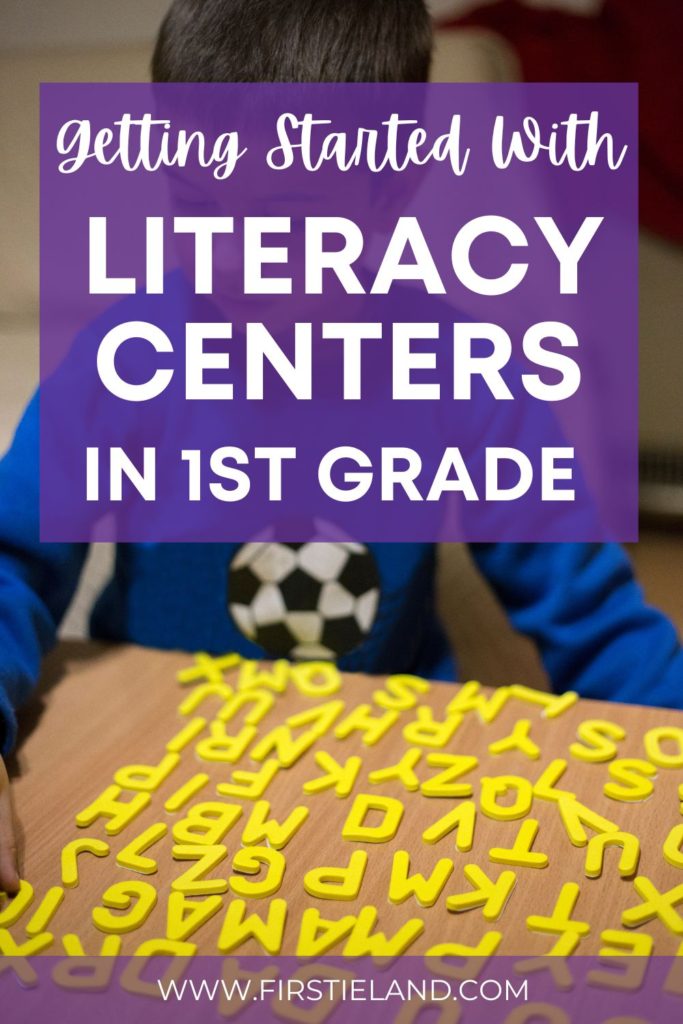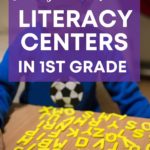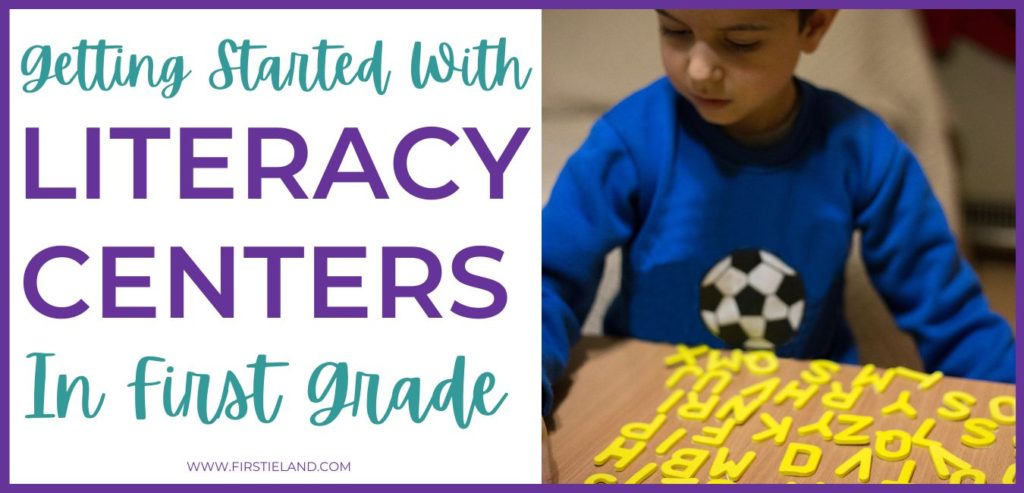
Are you getting ready to start literacy centers in your first grade classroom? Literacy centers provide opportunities for students to explore reading and writing concepts in a variety of ways. There're usually several centers set up in a first grade room, each with different activities. Students can visit literacy centers daily and rotate through each center. This gives kids the opportunity to experience all the activities throughout the year. There are so many important benefits of having learning centers in the classroom. Let's take a look:
What is a literacy center?
A literacy center is a place in the classroom where students can go to work on different literacy-related activities. These activities could include reading, writing, word work, phonics, spelling, listening to books, and more. Literacy centers provide a way for students to work independently or with a partner on something that interests them.
There are many different ways to set up literacy centers in a first grade classroom. One way is to have different stations set up around the room with activities at each station. For instance, teachers can set up a library corner where students can choose from a variety of books to read. There might also be a writing center where students can write stories or letters to friends. Word work centers are also popular, where students can work on spelling, phonics or other language arts skills.
The important thing is that there is a variety of activities available for students to choose from.
CLICK FOR A FREE LEARNING CENTERS GUIDE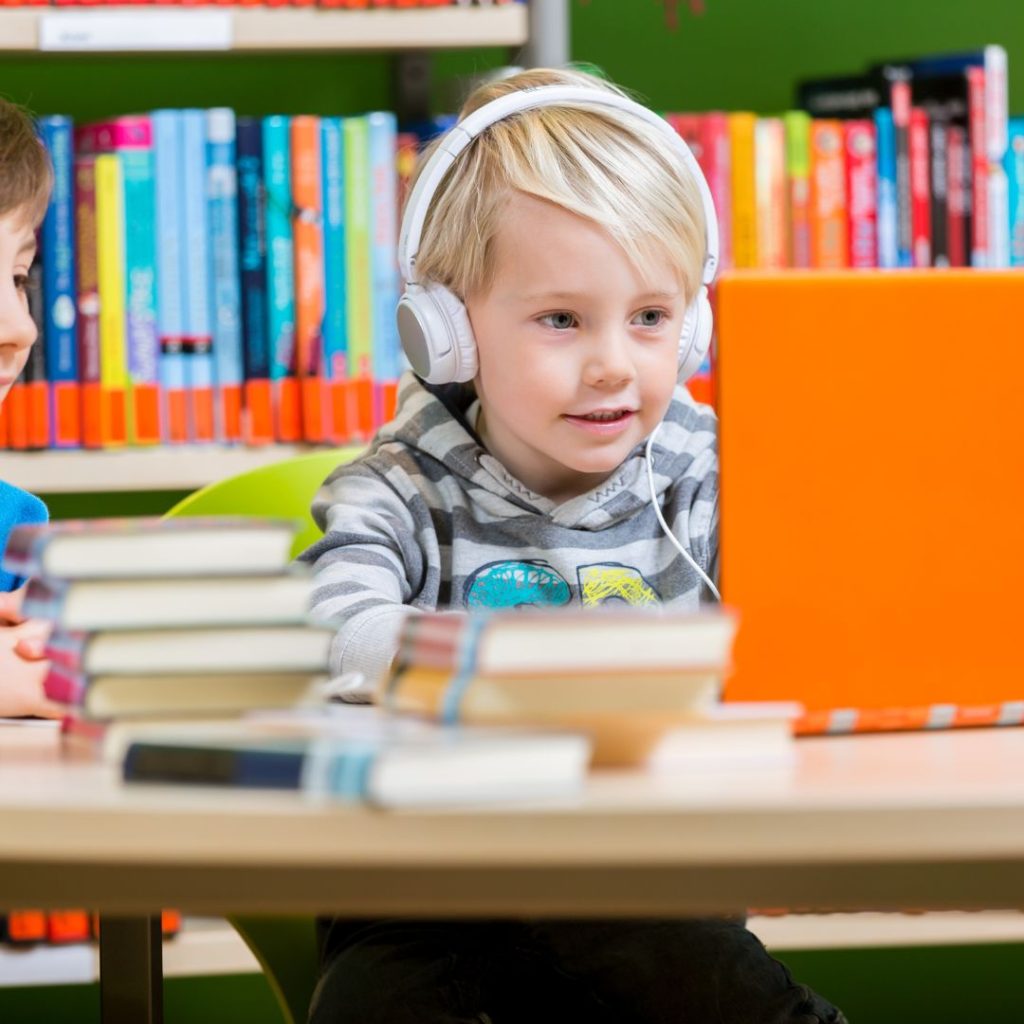
What are the benefits of literacy centers in first grade classrooms?
You may be wondering why are literacy centers important? One of the benefits of having literacy centers is that it allows students to work at their own pace. This is especially beneficial for students who may need extra time to complete a task or those who finish early and need something to do.
Another benefit is that it gives students a chance to practice what they're learning in a more hands-on way. For example, students can go to the phonics center and work on identifying words that start with different letters. They might use task cards and magnetic letters in this activity. Students might go to the Spelling Center and practice writing spelling words in a tray of sand. Hands-on activities like this help students better remember the skills they're learning.
Finally, literacy centers can help to create a love of learning in young students. Using hands-on materials gets students engaged and excited to learn. When they see that there are different ways to learn and explore, they may be more likely to want to come back and learn more.
CLICK FOR A FREE LEARNING CENTERS GUIDEWhat are some of the different literacy centers you can have in your classroom?
There are many different literacy centers that can be set up in a first grade classroom. Some of these include:
- a reading center, where students can read books at their level and explore different authors and genres
- a writing center, where students can write stories or practice their letters
- a listening center, where students can listen to stories on tape or CD.
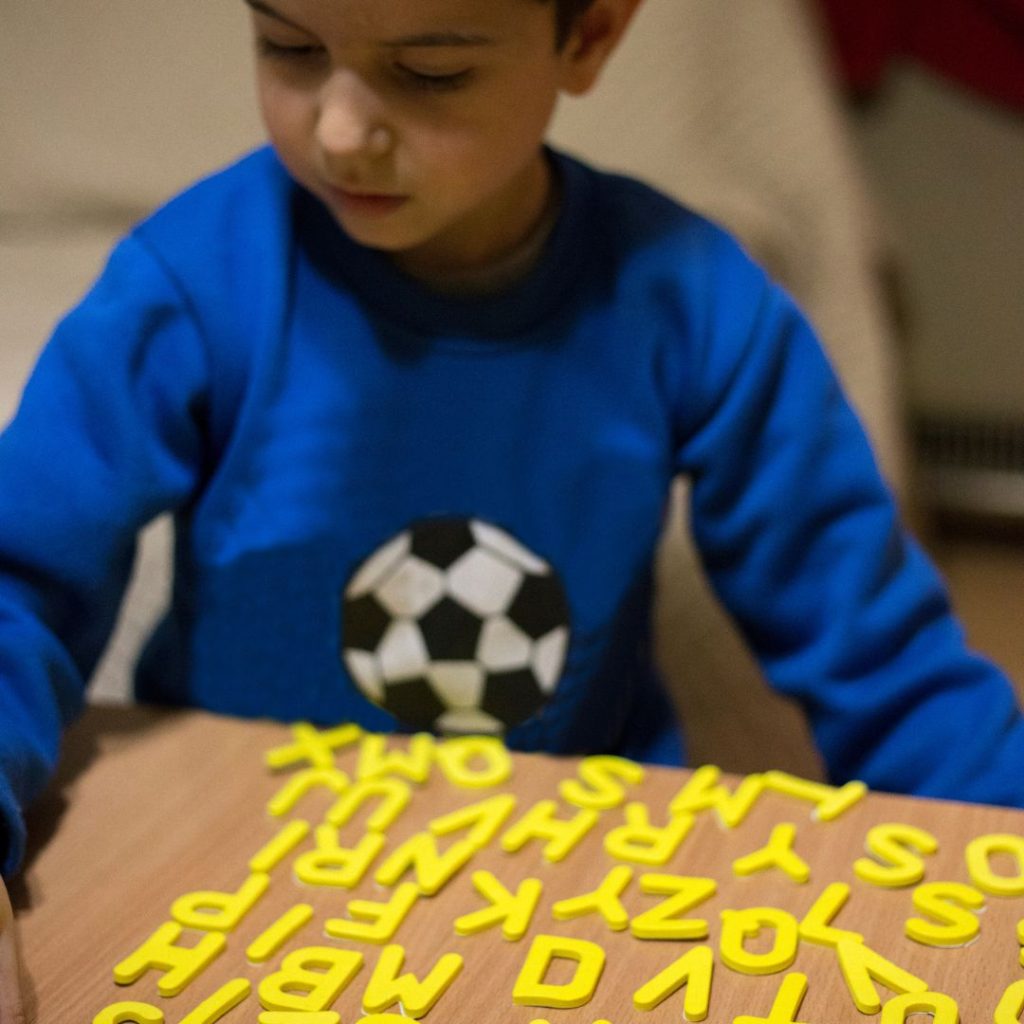
At your phonics center, students can practice reading and sounding out new words. Students can use manipulatives to help recognize the different sounds in words such as magnetic letters, plastic letter tiles, and games.
Other centers that can integrate literacy into the classroom are:
- a science center is a great place for students to read and learn about non-fiction topics and experiment with science materials
- a math center can even include literacy when you include books with math topics and story problems for addition or subtraction.
- an art center, where students can create artwork related to the stories they are reading and then label and write about their pictures
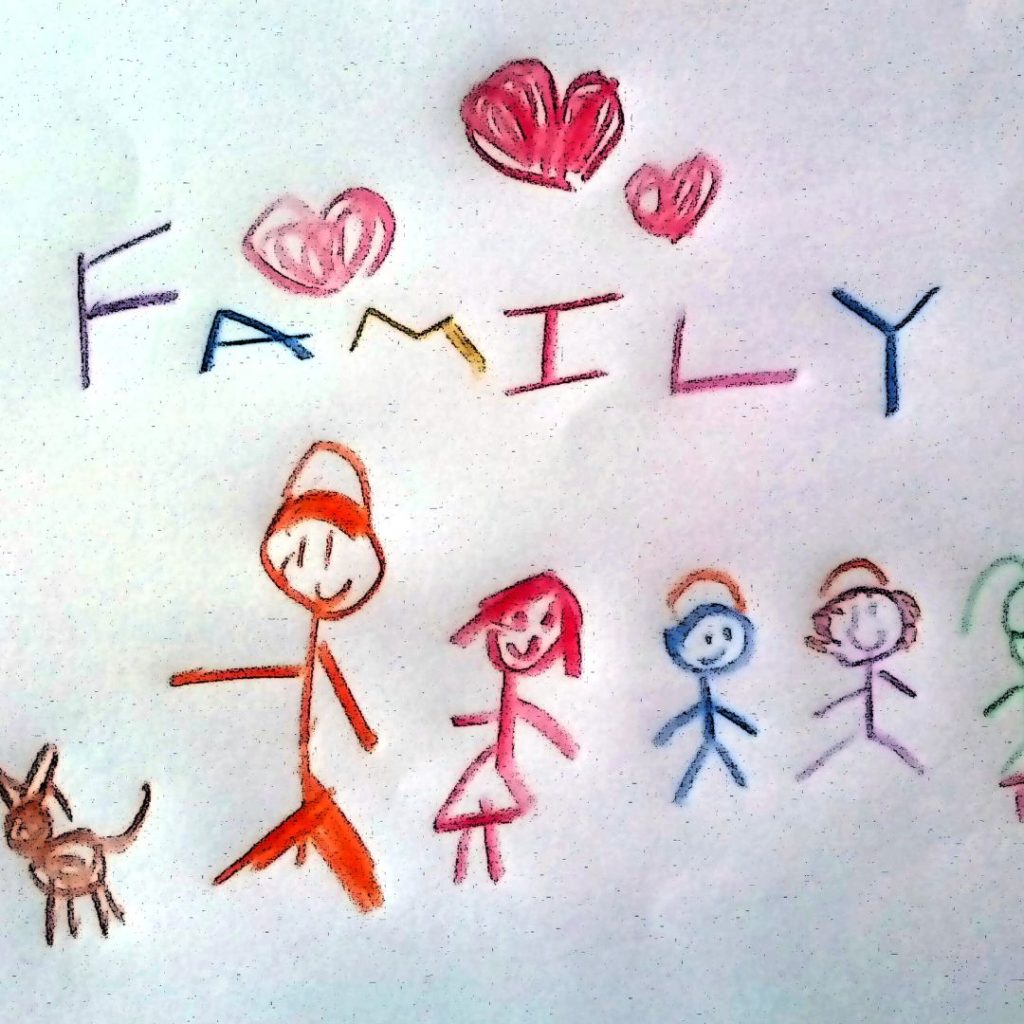
By having various centers available in the classroom, all students will be able to find an activity that interests them. This will help them to become more engaged in their learning and more likely to succeed.
Literacy centers provide a great opportunity for kindergarten and first grade students to explore reading and writing in a fun and engaging way. Stay tuned for part 2 where I'll give you tips on the best literacy centers for first grade and what you should put at each center to keep kids engaged and excited about learning.
Ready to get started?
Grab this free learning center guide to help you get your math and literacy centers started today. This 25-page workbook includes tips for setting up and managing your centers, and sample schedules. Includes pages for you to plan out each center, plan your room arrangement, a complete checklist for getting started, and more! Click here to grab this freebie.
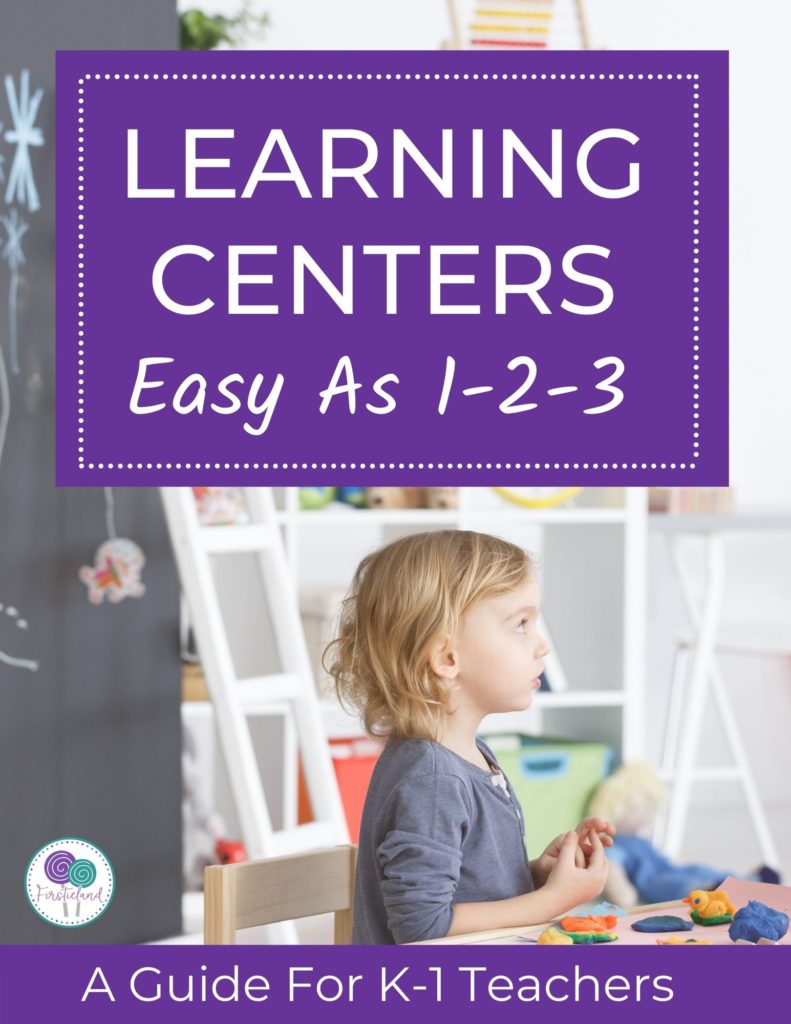
Save these ideas for later!
Take a minute to save these tips to your favorite literacy center Pinterest board so you can remember them later!
